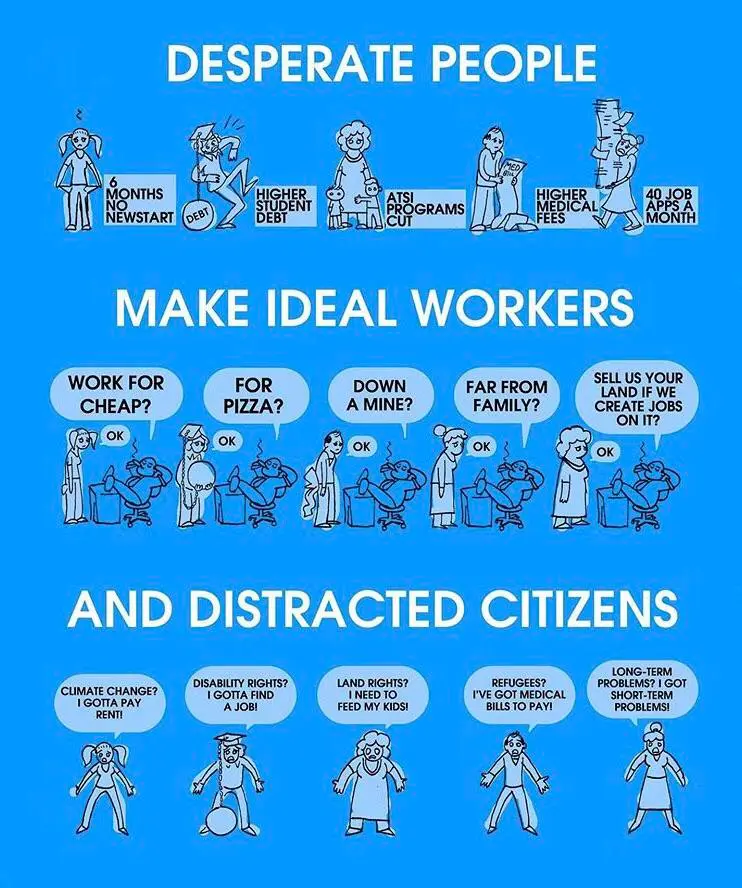Began moving all my hardware to Linux this year since none of them will run win11 without fk-about-ing - and I just don’t want to. So my server, media box and laptop are all cut over, only my main desktop left on windows a bit longer but it’s goose is cooked too.
I’ve tried dozens of distros over the years but I’ve settled on Fedora KDE.
The why:
- Skipping x11 and head straight into Wayland so I don’t have to worry about that in the future.
- I wanted something more up to date than debian-based and less cutting edge then Arch-based.
- Stability and support of being in the RHEL family
- Flatpaks
- Tried to get on with gnome to get away from the ‘start menu’ paradigm but ended up getting on with kde better.












Good point - my thought is to go through that pain now while I’m still learning to use Linux properly. I’m not tied into anything yet so I can always swap something out if it doesn’t play with Wayland and gets too troublesome.